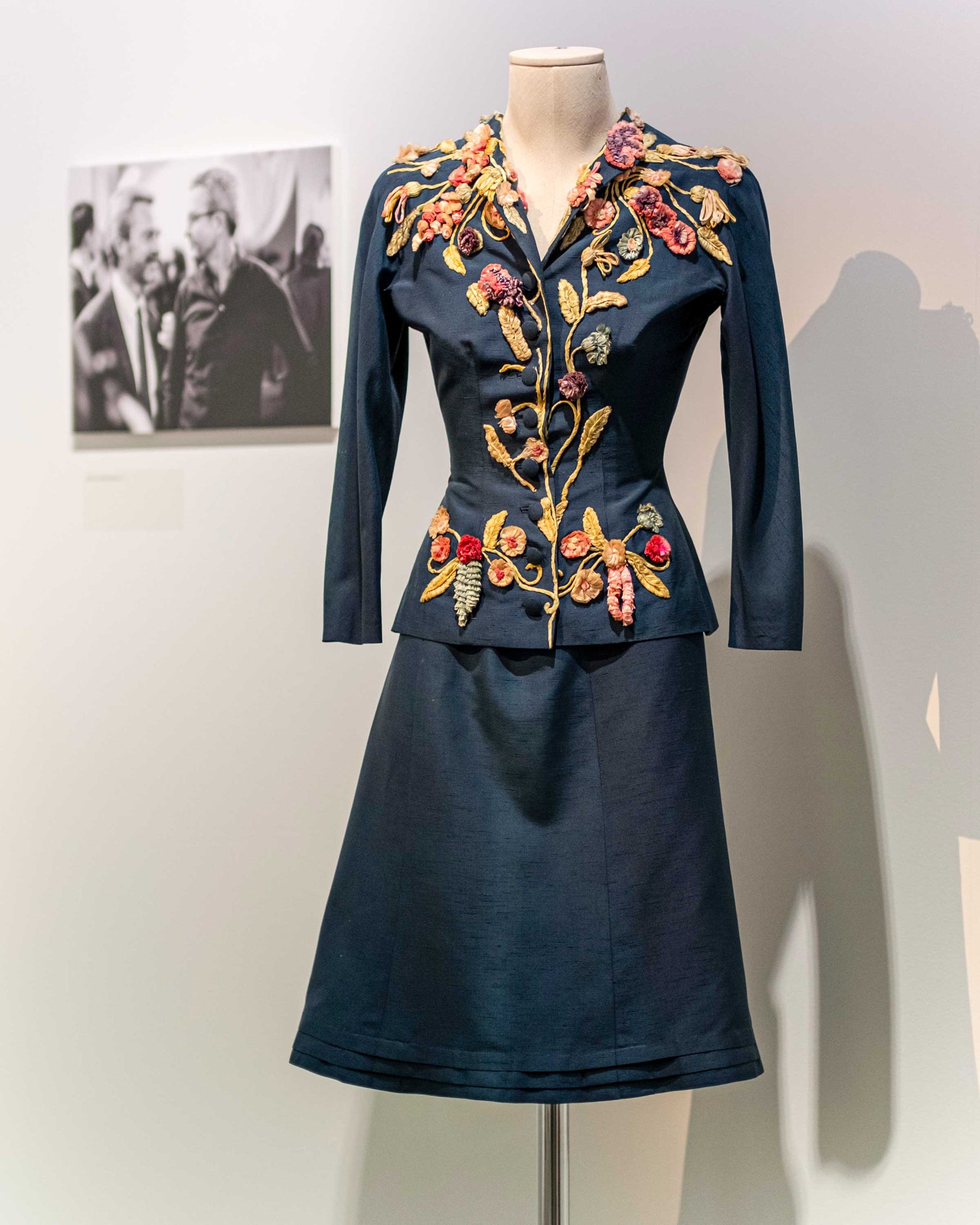As a designer with a sensitive understanding of zeitgeist, Albert Kriemler knew that it often takes more for fashion to truly captivate and surprise when Akris was invited in 2004 to show its collections at Paris Fashion Week.


In Dialogue with the Arts
For the centenary of the house in 2022/2023, the exhibition Akris. Fashion. selbstverständlich at the Swiss Design Museum demonstrated how the cultivated dialogue with other arts has become part of Albert Kriemler’s signature and a hallmark of Akris. For the first time, original artworks and Akris collections, seen side by side, revealed the innovation, inspiration, and artistry behind each collection—through which the house’s fashion visions emerge anew each season.



Craft, Culture & Continuity
From the exhibition at the Museum für Gestaltung in Zurich, Akris made its return home with a show at St.Gallen’s Textile Museum. Akris: St.Gallen, selbstverständlich provided a deep insight into the savoir-faire and complexity of the crafting that has always characterized Akris’ collections. Set against the backdrop of St.Gallen’s embroidery legacy, the exhibition traced how motifs and technique evolve into garments rooted equally in the cultural heritage of Akris’ hometown and a drive to push textile craftsmanship forward.
